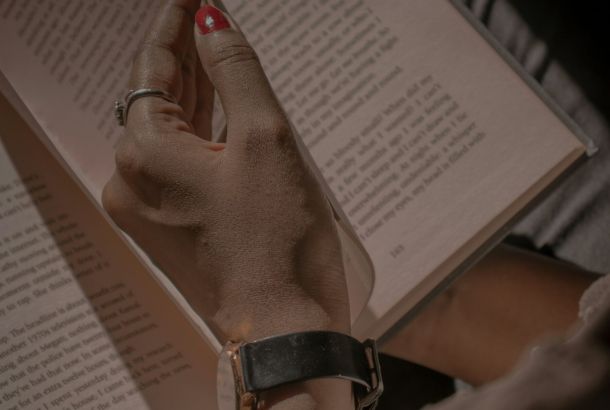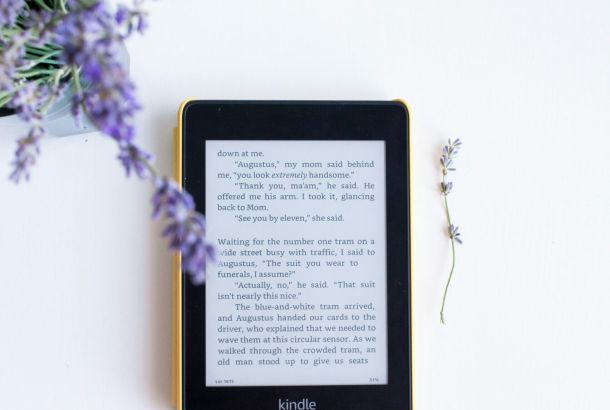Audrey Niffenegger and Jeanette Winterson discuss myths, wonder and the nature of time
Everyone has skeletons in their closet, but Audrey Niffenegger’s are not so hidden. Her, very real, skeletons are called Cecil and Nigel, and the pair proudly reside on either side of the multi-faceted author’s drawing desk. The story of Cecil and Nigel began a highly enjoyable evening of conversation between the University of Manchester’s own Jeanette Winterson and Audrey Niffenegger, which was held as part of the Manchester Literature Festival.
Winterson and Niffenegger share a delight in fantastical figures and stories, and both use multiple time frames in their work. The nature of time has been explored by both authors and was discussed at length. Niffenegger believes that time is not a monolithic business; rather it is flexible and can be bent and manipulated in creative forms and processes. A rather inspirational discussion about the nature of creativity and the artist’s role in society followed. It is always fascinating to find out how authors work, what habits they follow, and how find inspiration. Niffenegger let the audience in on some of these secrets and also spoke about her inspirations (which included the 1970s’ punk scene, 19th century novels, etsy, and ebooks) all of which seem apt for a self-confessed time hopper who feels she hasn’t quite reached the 21st century yet.
Niffenegger’s work as a graphic artist was much discussed, particularly her most recent graphic novel The Raven Girl. Her most popular work, the bestselling The Time Traveler’s Wife, was also explored in detail, which lead to an interesting discussion about why Niffenegger discounted the idea of producing the work as a graphic novel, and why film adaptations of books often disappoint. Niffenegger is clearly interested in image, its power and limitations, and also when it is most appropriate to use the written word.
The use of the fantastical and the documentation of utopias and dystopias in genres like (but not confined to) science fiction forces readers to pay attention to the world in different ways, as well as re-imagine ways of being in the here and now. For Niffenegger, this is both the value and the joy of her creative work.







